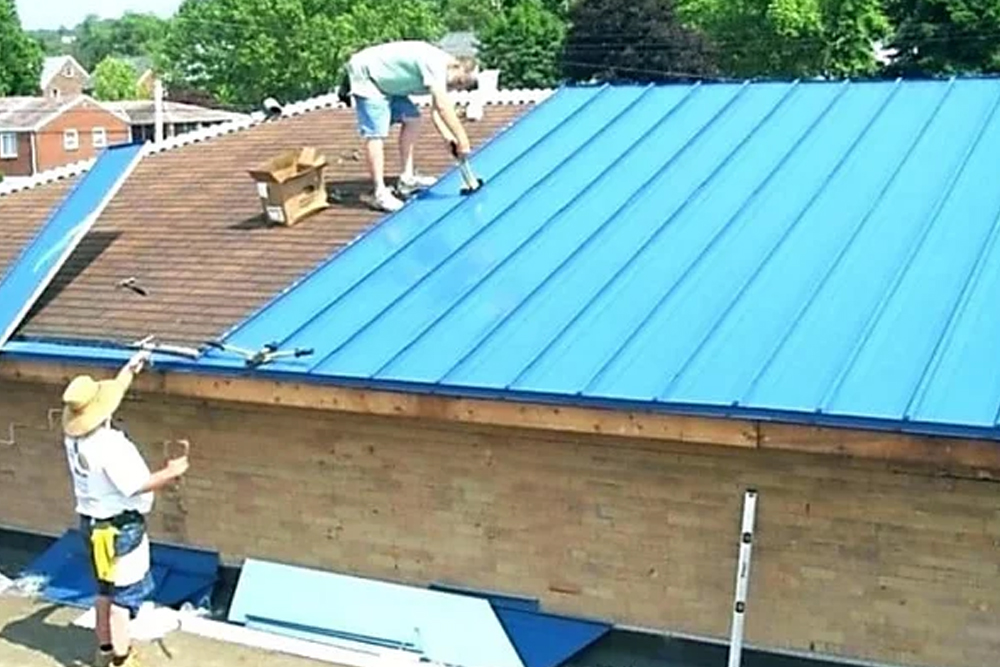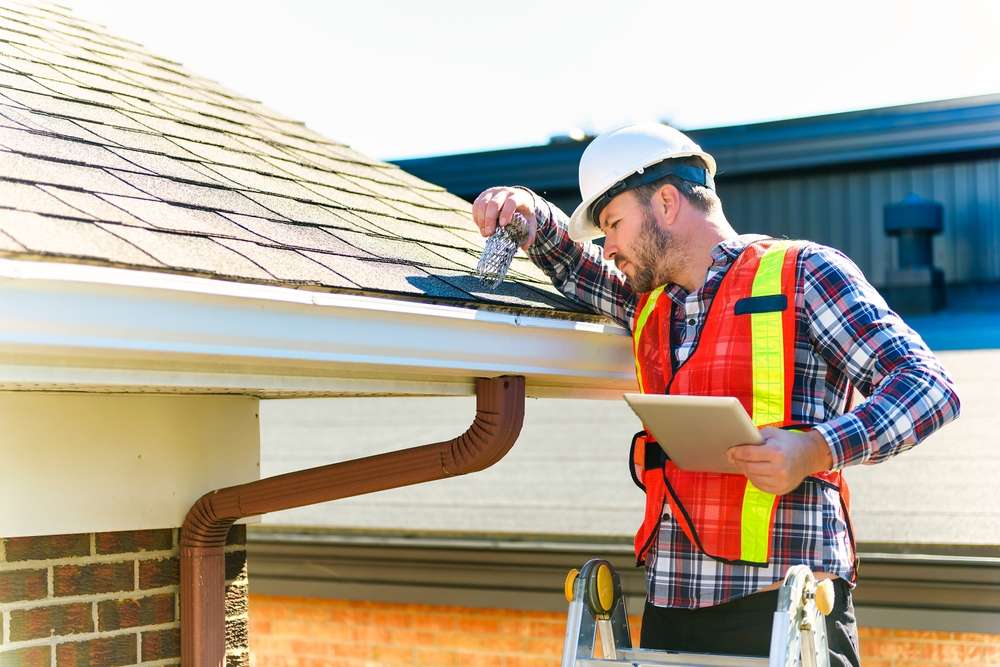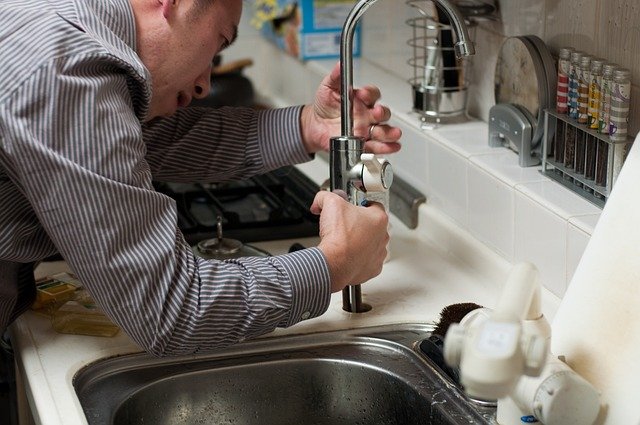Metal Roofing: A Comprehensive Guide to Replacement and Selection
Metal roofing has gained popularity in recent years due to its durability, energy efficiency, and aesthetic appeal. Whether you're considering a replacement or exploring options for a new build, understanding the intricacies of metal roofing is crucial. This guide will walk you through the process of finding the right metal roofing replacement and help you determine which type of metal roof is best suited for your needs.

How to Find Metal Roofing Replacement
When it comes to finding a metal roofing replacement, several factors need to be considered. Start by assessing the current condition of your roof and determining whether a full replacement is necessary. Look for signs of wear, such as rust, loose panels, or leaks. If your roof is nearing the end of its lifespan or showing significant damage, it’s time to explore replacement options.
Begin your search by researching reputable roofing contractors in your area who specialize in metal roofing. Look for companies with positive reviews, proper licensing, and insurance. Request quotes from multiple contractors to compare prices and services offered. It’s essential to choose a contractor who has experience working with the specific type of metal roofing you’re interested in.
Which Metal Roof is Right for You?
Selecting the right metal roof for your home depends on various factors, including climate, budget, and aesthetic preferences. Here are some popular metal roofing options to consider:
-
Steel: Durable and cost-effective, steel roofing is available in galvanized or galvalume coatings for added protection against corrosion.
-
Aluminum: Lightweight and resistant to rust, aluminum roofing is an excellent choice for coastal areas.
-
Copper: Known for its distinctive appearance and longevity, copper roofing develops a beautiful patina over time.
-
Zinc: Environmentally friendly and low-maintenance, zinc roofing offers excellent corrosion resistance.
-
Tin: Although less common, tin roofing provides a classic look and is relatively affordable.
Consider factors such as energy efficiency, fire resistance, and wind resistance when choosing your metal roof. Additionally, think about the style of your home and select a metal roofing profile that complements its architecture.
Metal Roofing Pricing: What to Expect
Metal roofing prices can vary significantly depending on the type of metal, roofing style, and installation complexity. While metal roofing generally has a higher upfront cost compared to traditional asphalt shingles, it often proves more cost-effective in the long run due to its longevity and energy-saving properties.
Here’s a general pricing guide for different metal roofing materials:
| Metal Type | Price Range (per sq. ft.) | Lifespan (years) |
|---|---|---|
| Steel | $5 - $12 | 40 - 70 |
| Aluminum | $7 - $15 | 50+ |
| Copper | $15 - $25 | 70+ |
| Zinc | $10 - $20 | 60 - 100 |
| Tin | $3 - $8 | 50+ |
Prices, rates, or cost estimates mentioned in this article are based on the latest available information but may change over time. Independent research is advised before making financial decisions.
Keep in mind that these prices are estimates and can vary based on factors such as location, roof complexity, and installation costs. It’s crucial to obtain detailed quotes from multiple contractors to get an accurate idea of the total cost for your specific project.
Benefits of Metal Roofing
Investing in a metal roof offers numerous advantages that can offset the initial higher cost:
-
Longevity: Metal roofs can last 40-70 years or more with proper maintenance.
-
Energy efficiency: Reflective properties can reduce cooling costs in warm climates.
-
Durability: Resistant to fire, wind, and impacts from debris.
-
Low maintenance: Requires minimal upkeep compared to other roofing materials.
-
Environmentally friendly: Often made from recycled materials and are fully recyclable at the end of their lifespan.
Installation Considerations for Metal Roofing
Proper installation is crucial for the performance and longevity of your metal roof. Here are some key considerations:
-
Underlayment: Ensure a high-quality underlayment is used to prevent moisture infiltration.
-
Ventilation: Proper attic ventilation is essential to prevent condensation and heat buildup.
-
Expansion and contraction: Allow for thermal movement of the metal panels during installation.
-
Fasteners: Use appropriate fasteners and ensure they are properly sealed to prevent leaks.
-
Flashing: Proper flashing around chimneys, vents, and other roof penetrations is critical for waterproofing.
When selecting a contractor, inquire about their experience with metal roofing installation and ask for references from previous metal roofing projects.
Metal roofing offers a durable, attractive, and energy-efficient solution for homeowners looking to upgrade their roofs. By carefully considering your options, budget, and local climate, you can select the ideal metal roofing system for your home. Remember to work with experienced professionals to ensure proper installation and maximize the benefits of your new metal roof.




